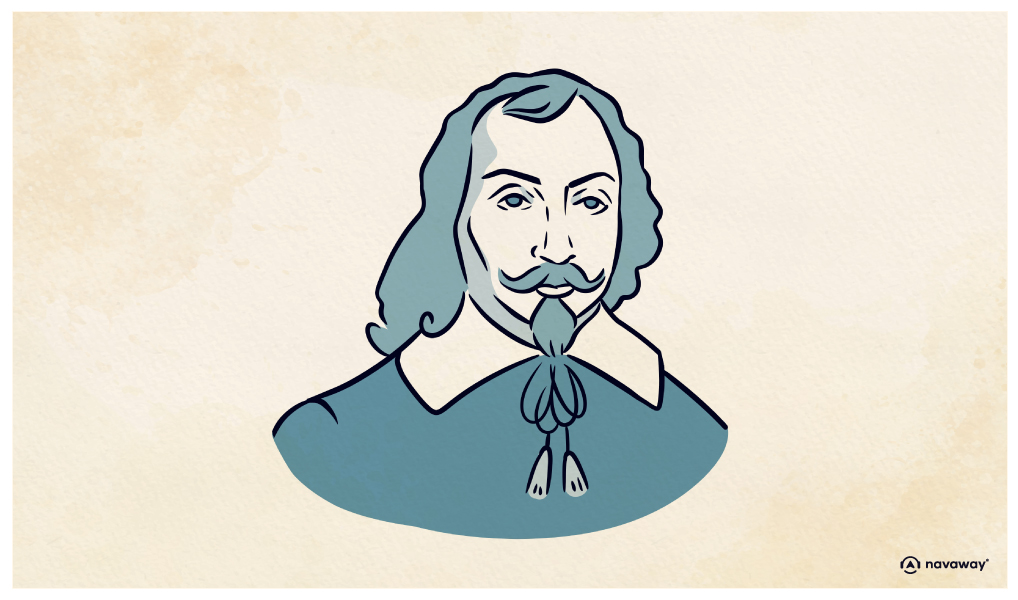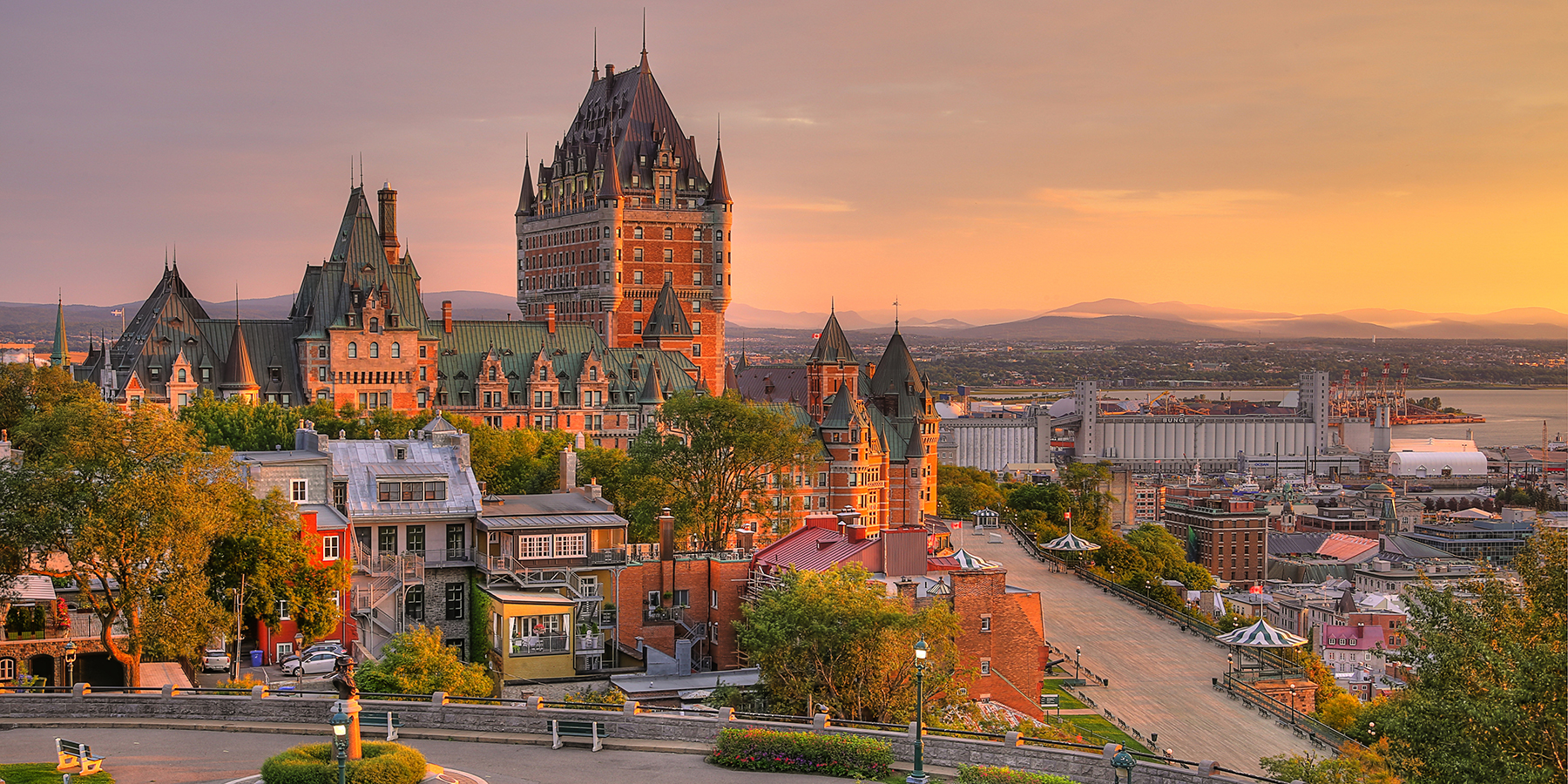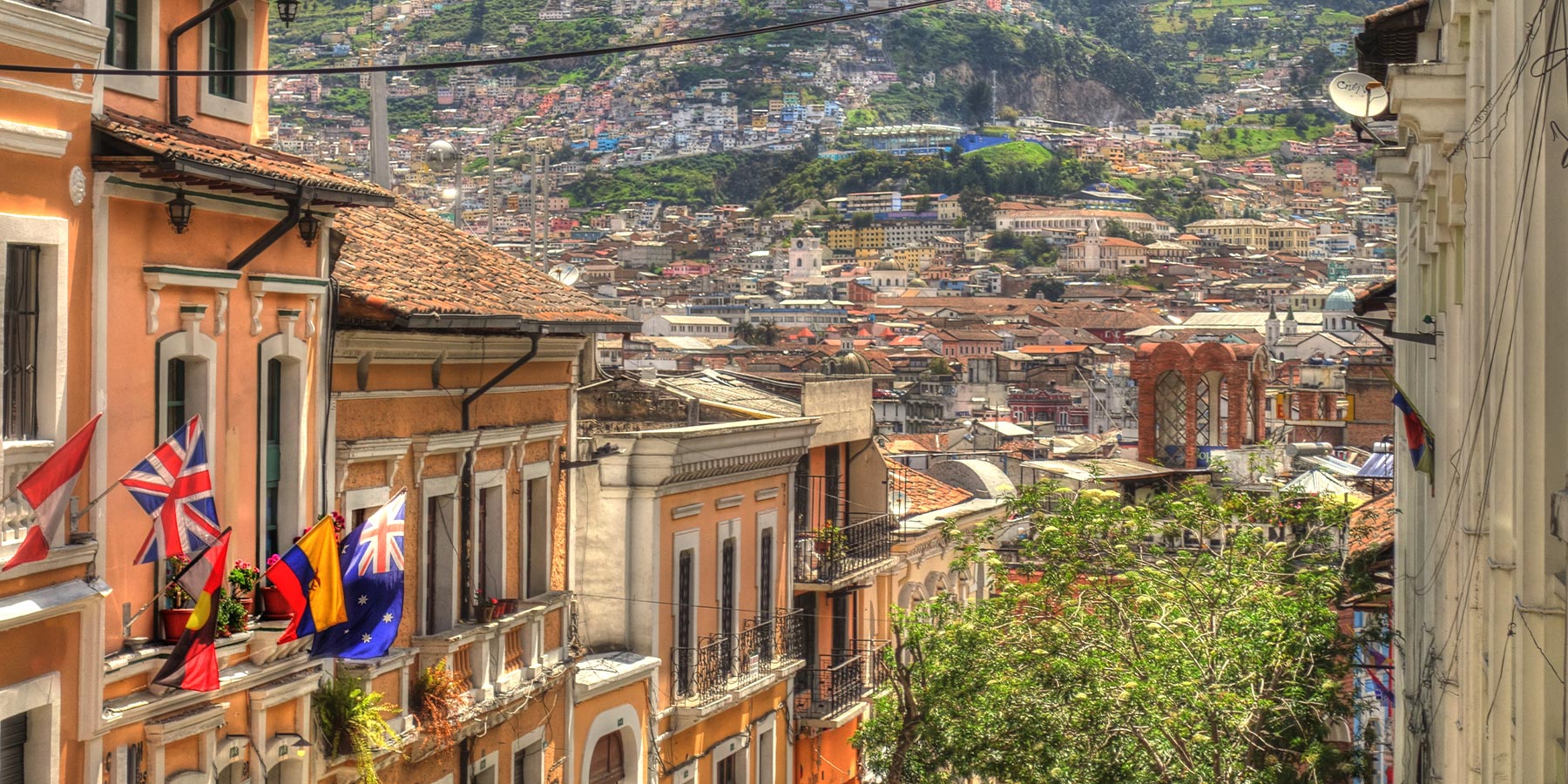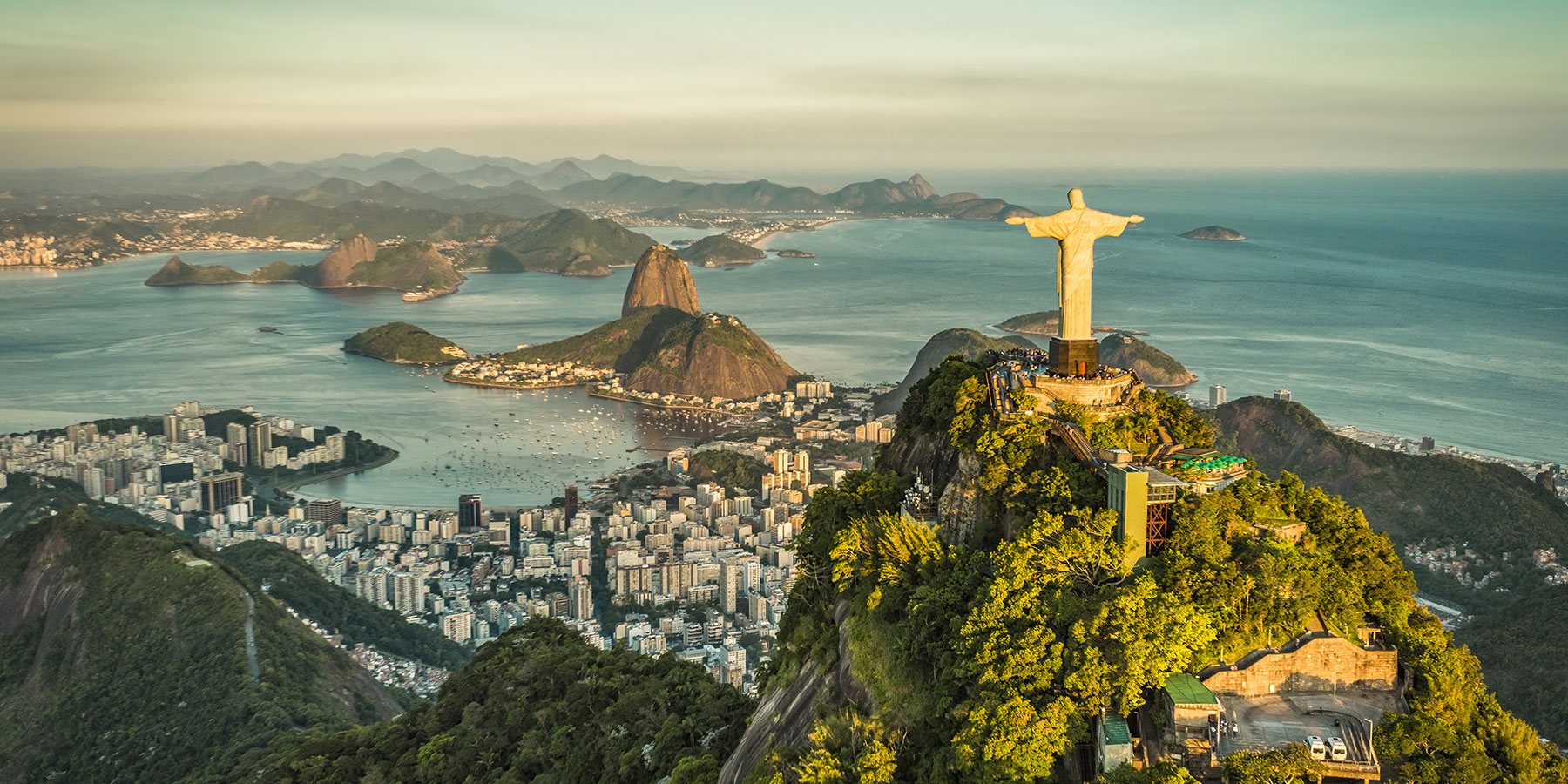
Canada’s history

This point of interest is available as audio on the tour: Visit Ottawa, Setting course for Canada’s capital
Canada is the second-largest country in the world, behind Russia but ahead of the United States. However, it has one of the lowest population densities, with most of its inhabitants concentrated in major cities such as Montreal, Vancouver, Toronto, Calgary, and, of course, Ottawa, the capital. Let’s take a step back in time to understand the history of this fascinating and vast nation. Indigenous people have lived here for thousands of years. The first Europeans to reach North America were the Vikings, around the year 1000, but they failed to establish a permanent settlement. By the 15th century, European fishermen—especially the Basques—were hunting whales along the coasts. It wasn’t until the 16th century that the French and British were on their way to find the Indies. John Cabot was the first to map parts of the territory, landing in Newfoundland or Cape Breton Island. Later, Jacques Cartier explored the St. Lawrence River and discovered the lands that are now Quebec and Montreal. He is the one to name it Canada, after hearing Iroquoian Indigenous people use the word kanata, meaning “village”. In 1608, French explorer Samuel de Champlain, accompanied by Pierre de Monts, built a fortress in Quebec City, founding the first permanent European settlement in what was then called New France. The French fought against Indigenous tribes to steal their lands, as well as fighting ongoing battles with the British who were also exploring the region. Over the following decades, 90,000 French settlers arrived in Canada. France controlled this territory until 1763, when Britain seized them during the Treaty of Paris, ending the Seven Years’ War. Only the islands of Saint Pierre and Miquelon remained under French rule. A few years later, the Province of Quebec was divided into two: French-speaking Lower Canada (now Quebec) and Upper Canada (now Ontario), both still governed by Britain. Each had its own legislative assembly, though real power remained in the hands of the Crown. In 1840, the provinces of Ontario, Quebec, and Newfoundland were united under the name of the Province of Canada. Then, in 1867, Britain created the Dominion of Canada, a federal state that merged three of its colonies: the Province of Canada, New Brunswick, and Nova Scotia. This marked the beginning of Canada as a distinct entity, with its own Constitution under what became known as the Canadian Confederation. Over time, more provinces joined, leading to a gradual independence process. Today, Canada is fully autonomous from the British Crown. Since joining the Commonwealth in 1926, it has maintained equal and open relations with all other members. Due to its history, it has two official languages: English and French, the latter predominantly spoken in Quebec. And that is how this great country has become what it is today!


Discover Ottawa with app
An interactive guide through the most beautiful streets, squares, and districts
25 fun audioguides full of historical facts, anecdotes, and legends





Comments